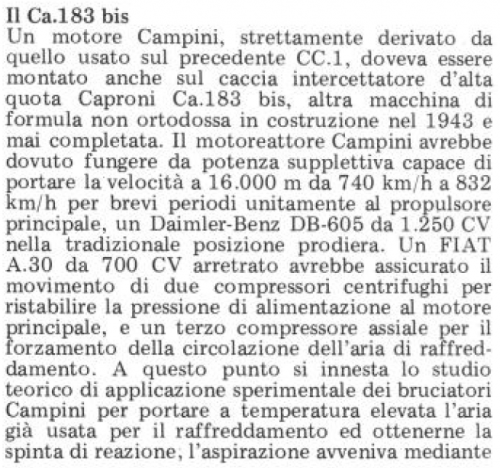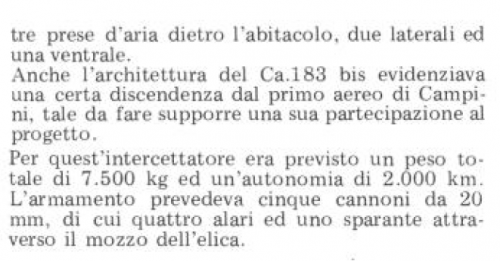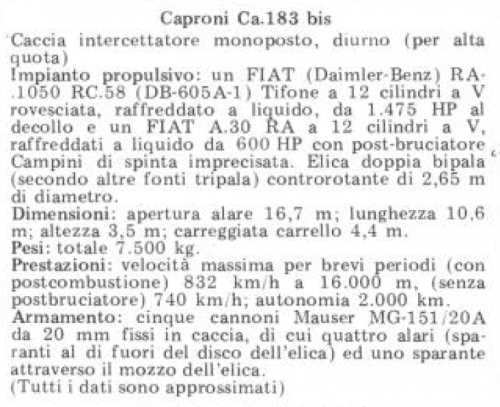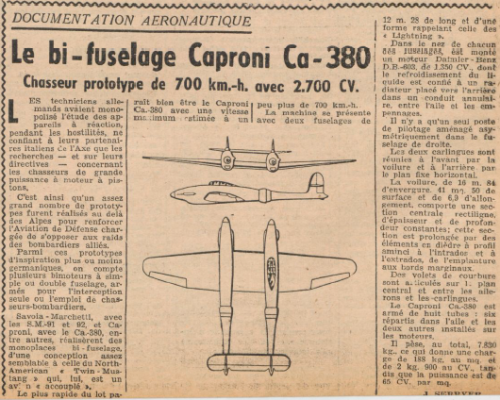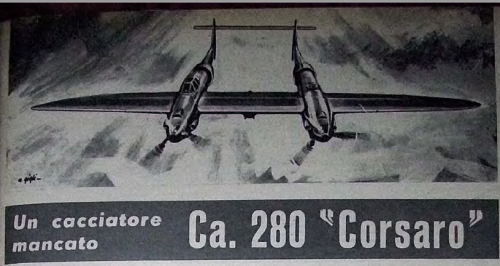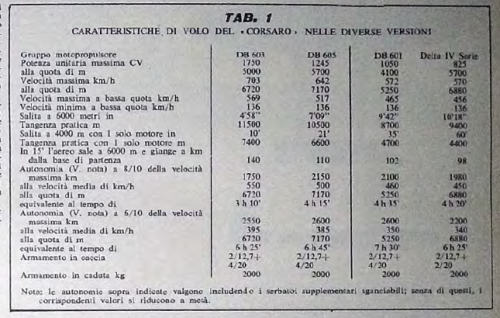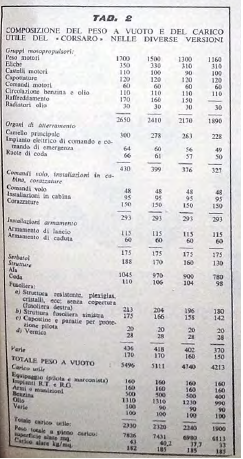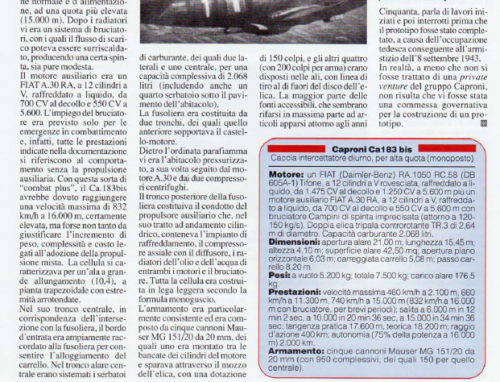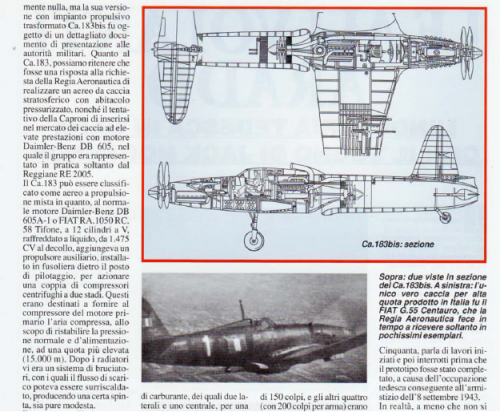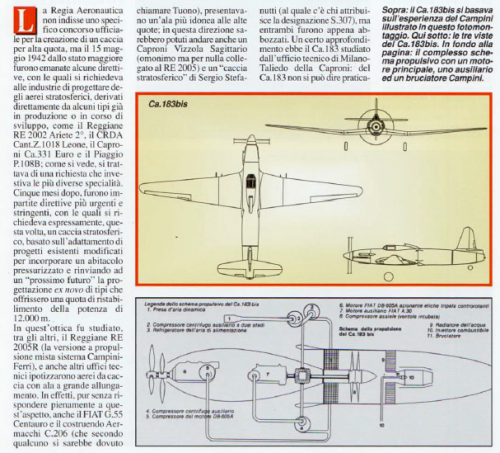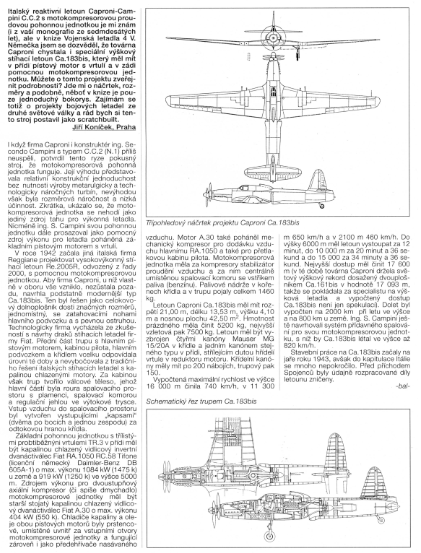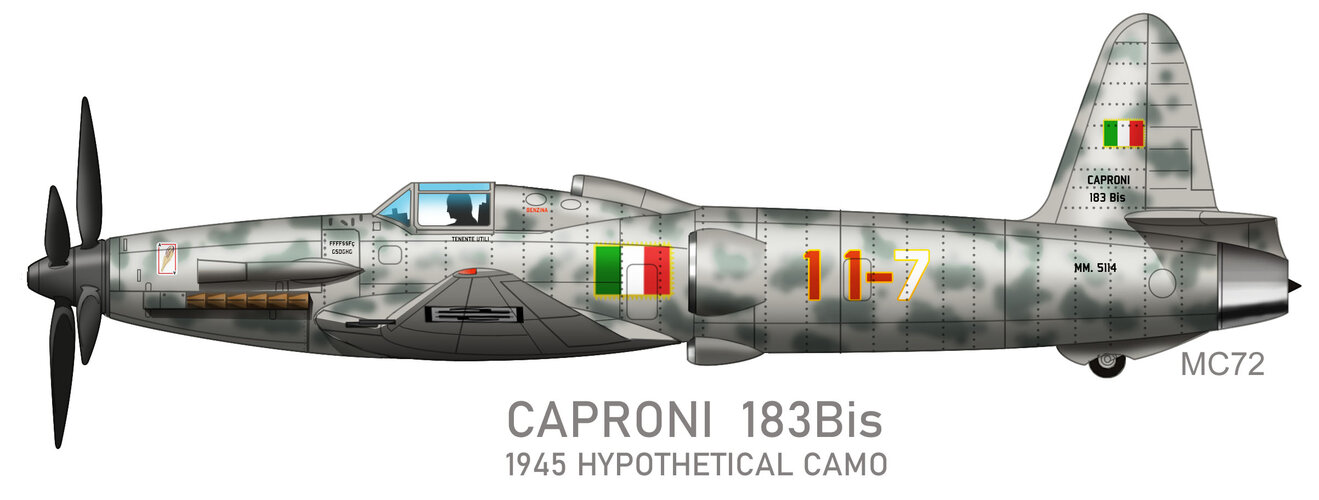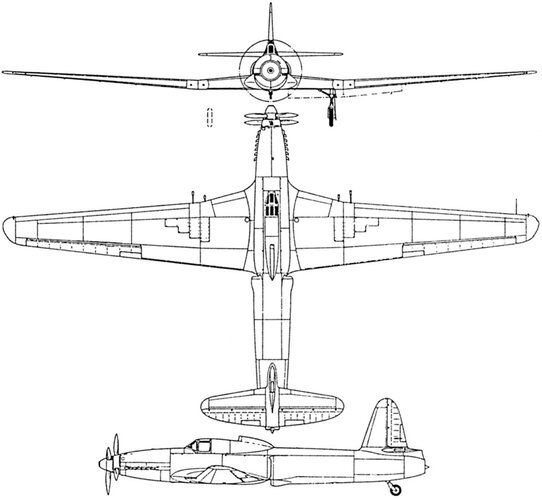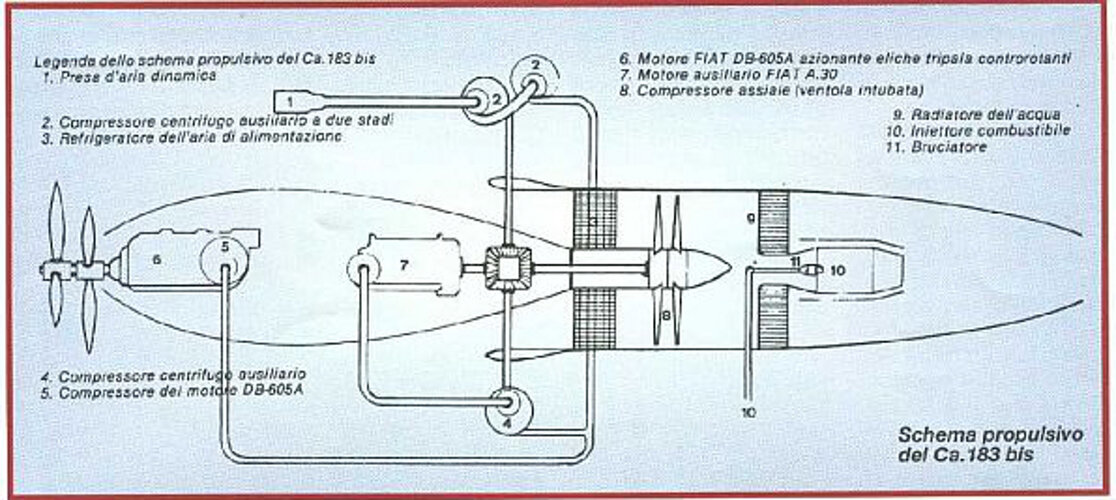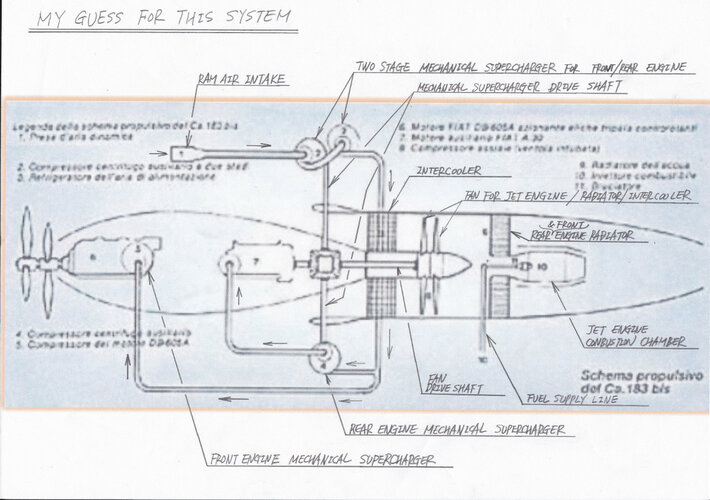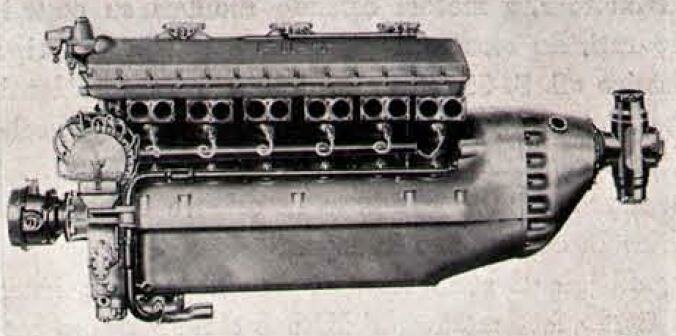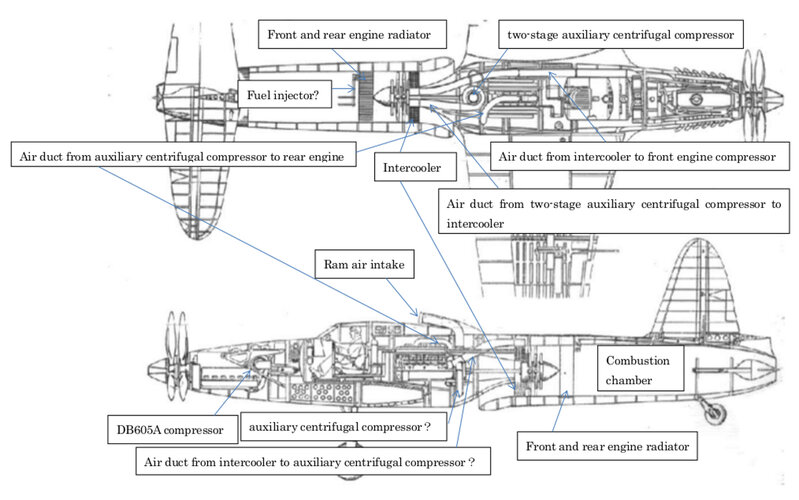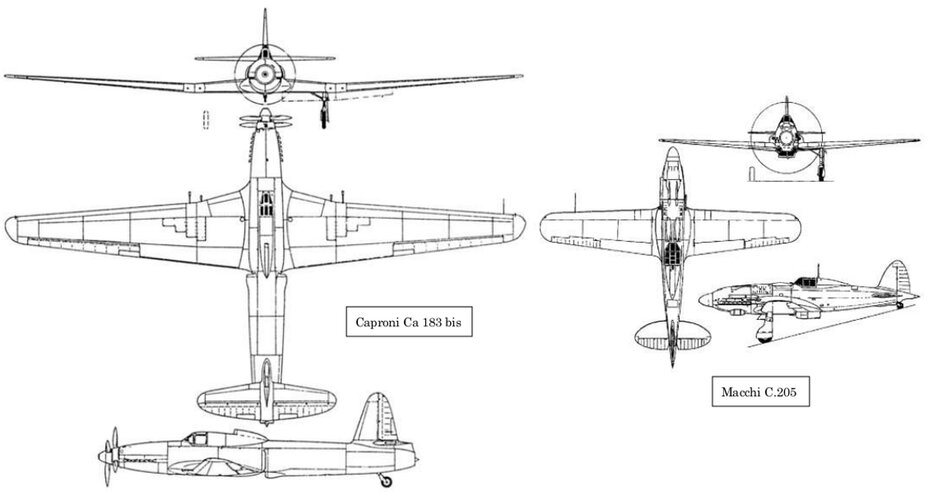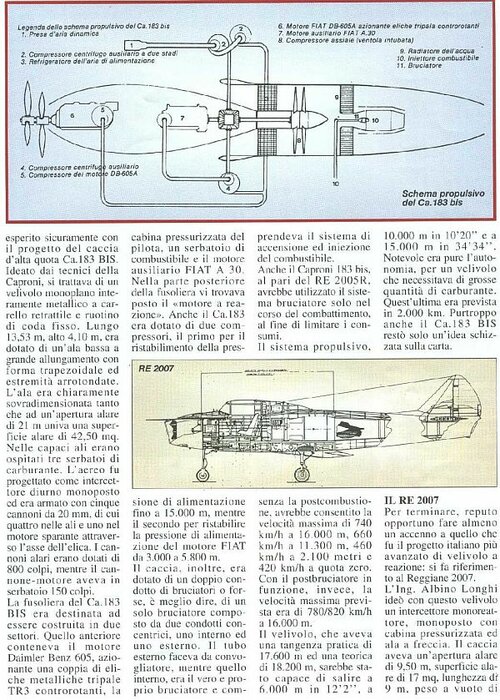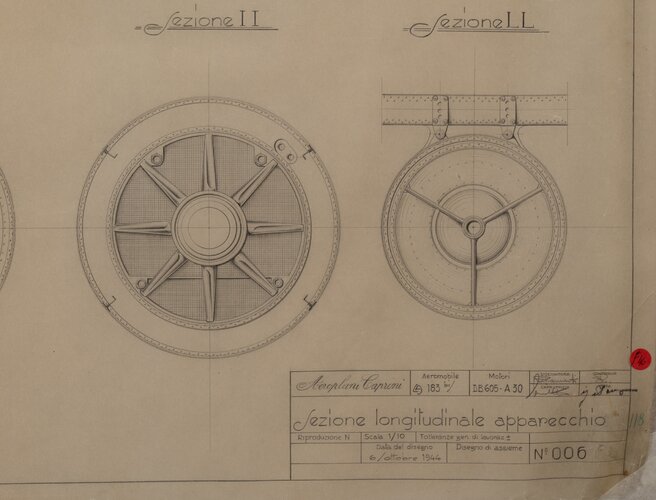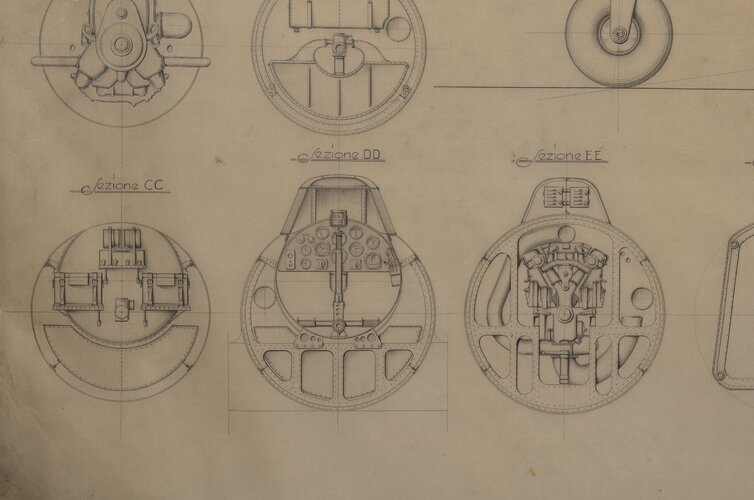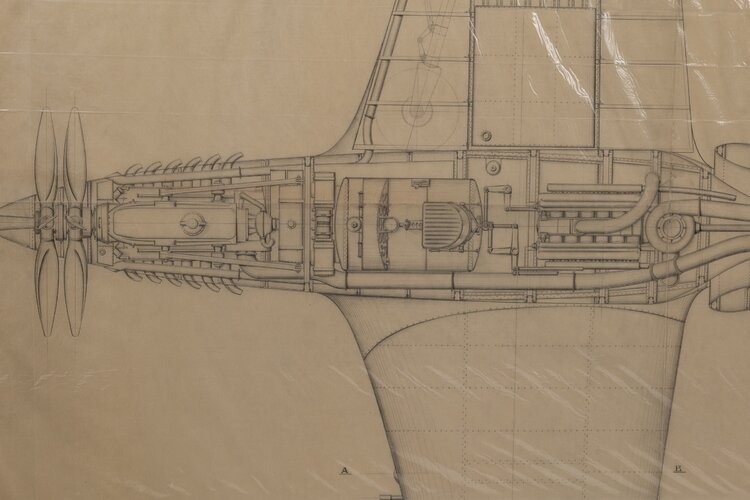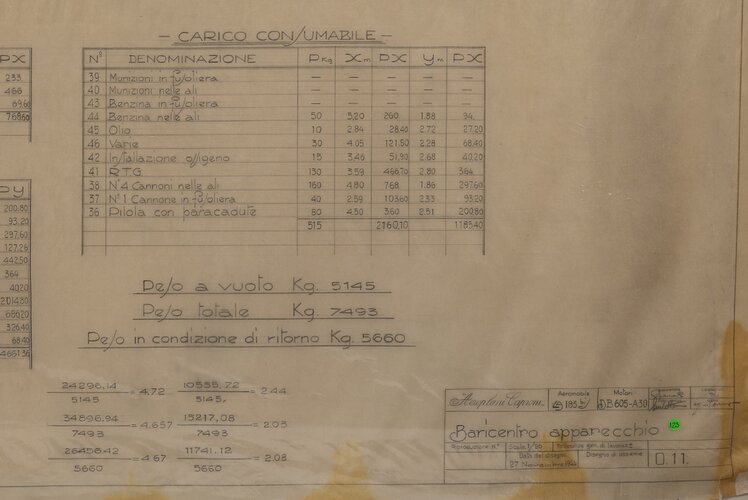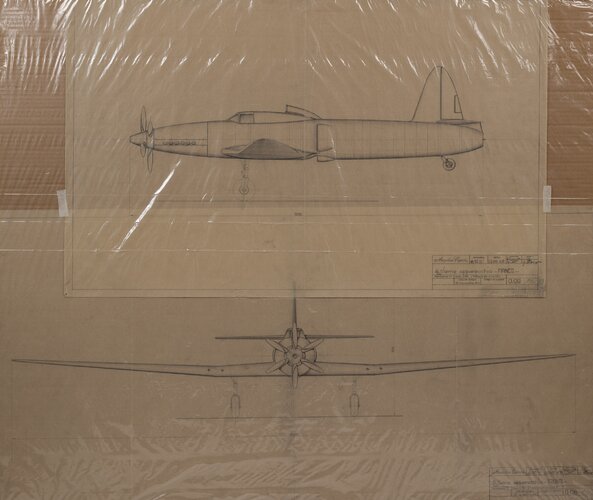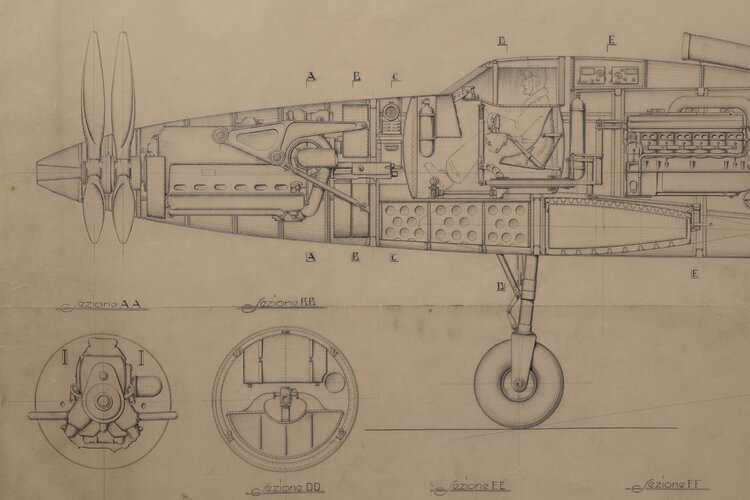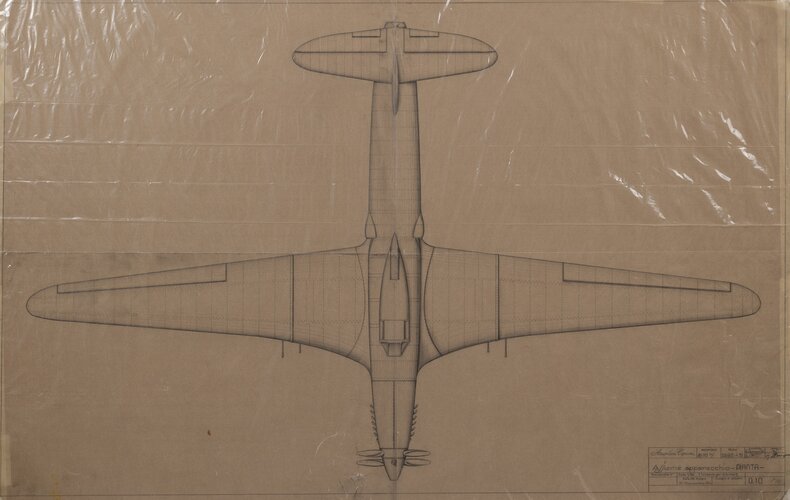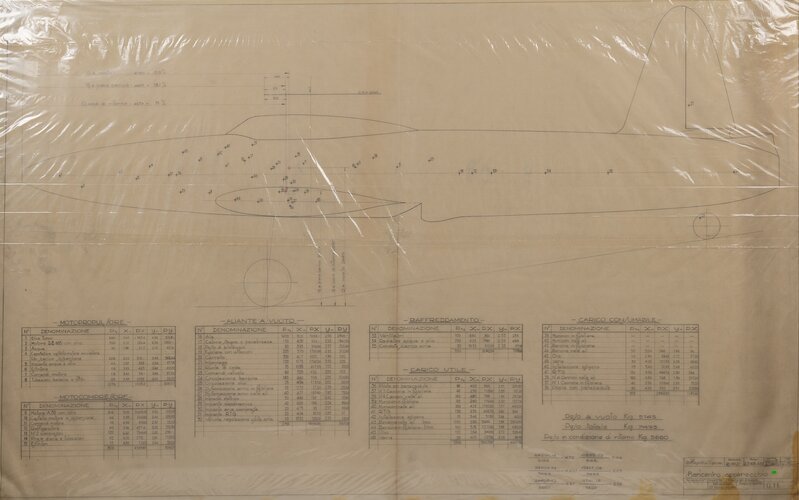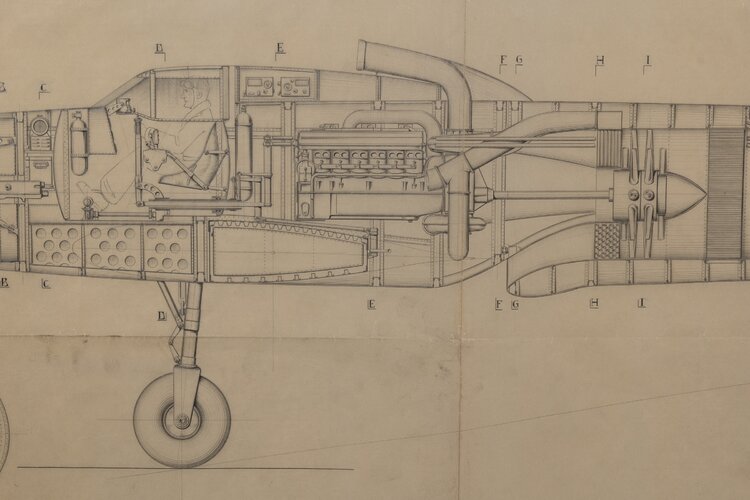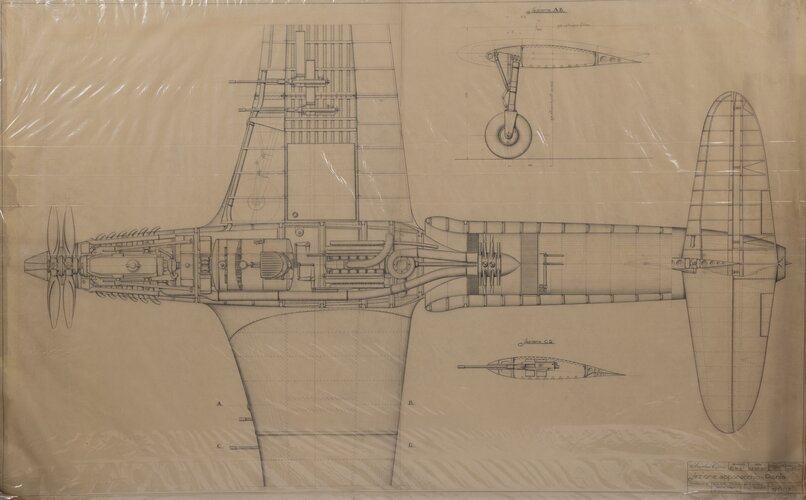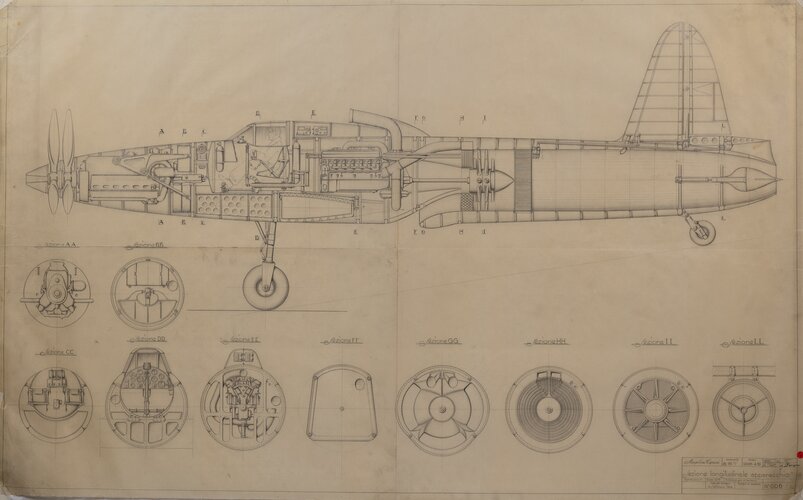certainly experienced with the project of the high-altitude fighter Ca,183 BIS. Designed by Caproni technicians, it was an all-metal monoplane aircraft with a retractable carriage and fixed tail wheel.
13.53 m long, 4.10m high, it is equipped with a low wing with a large aspect ratio with a trapezoidal shape and rounded ends.
The wing was clearly oversized so that a wingspan of 21m was combined with a wing area of 42.50sqm.
Fuel tanks were housed in the capable wings. The aircraft was designed as a single-seat daytime aircraft and was armed with five 20mm cannons four of which are in the wings, and one in the engine firing through the propeller shaft.
The wing guns were equipped with 800 rounds, while the cannon-engine had 150 rounds in the magazine.
The fuselage of the Ca.183 BIS was intended to be built in two sectors.
The front one contained the Daimler Benz 605 engine, pressurized driver's cab, a fuel tank and the FIAT A 30 auxiliary engine.
At the rear of the fuselage was the jet engine.
The Ca.183 was also equipped with two compressors, the first to restore the supply pressure up to 15000m, while the second to restore the FIAT engine feeding pressure from 3000 to 5800m.
The fighter, moreover, was equipped with a double burner duct or perhaps, better to say, a single burner composed of two concentric ducts, one internal and one external.
The outer tube served as a ignition and fuel injection system was convinced.
The Caproni 183 bis, like the RE 2005R, would also have used the burner system only during combat, in order to limit consumption.
The propulsion system, without aftercombustion, would have allowed the maximum speed of 740km/h at 16000m, 660km/h at 11300m, 460km/h at 2100m and 420km/h at zero altitude.
With the afterburner running, however, the expected top speed was 780/820km/h at 16000m.
The aircraft, which had a practical ceiling of 17600m and a theoretical 10000m in 10'20" and at 15000m in 34'34".
The autonomy was remarkable, for an aircraft that required large quantities of fuel.
The latter was expected to take 2000km. Unfortunately, even the Ca.183 bis remained only an idea sketched on paper.

